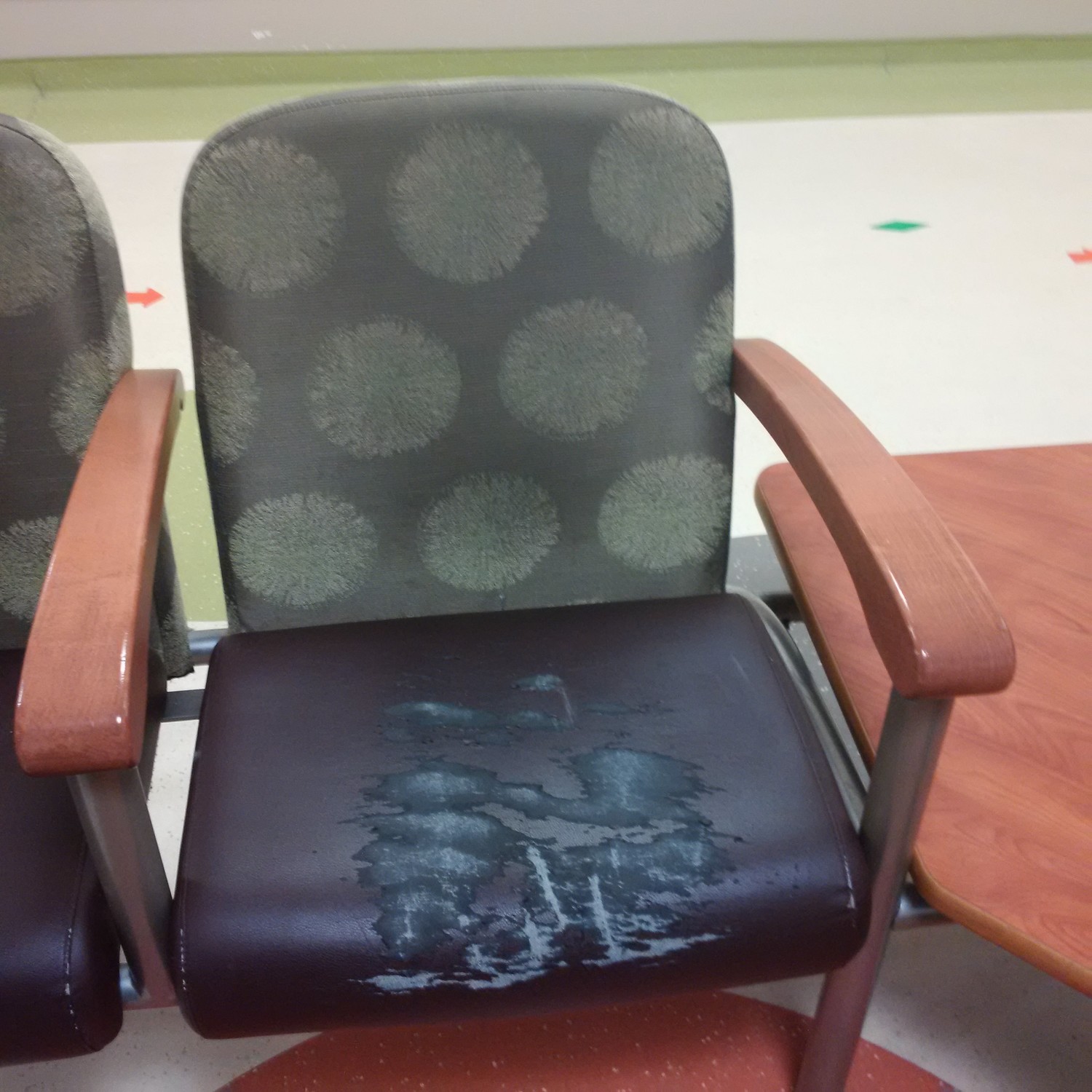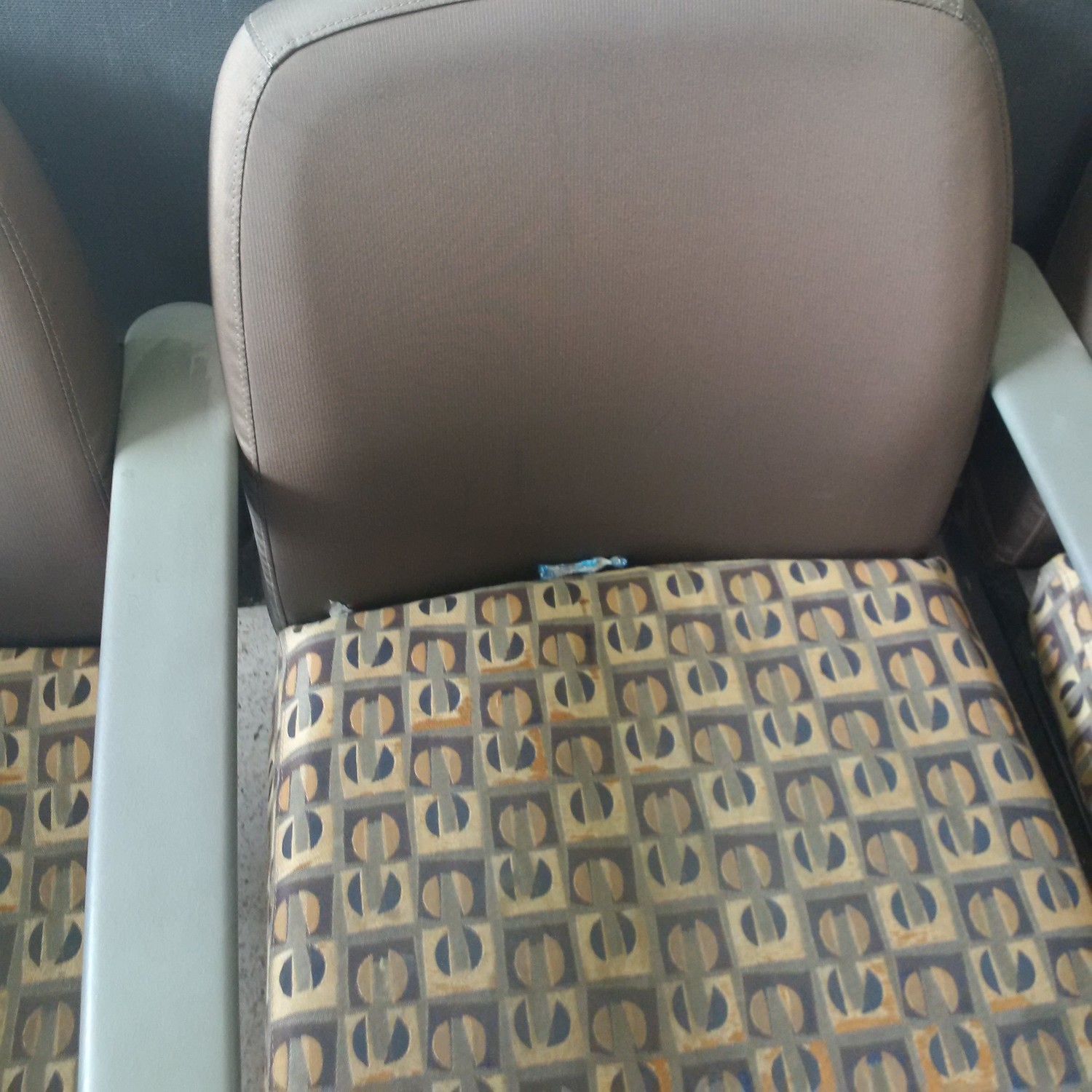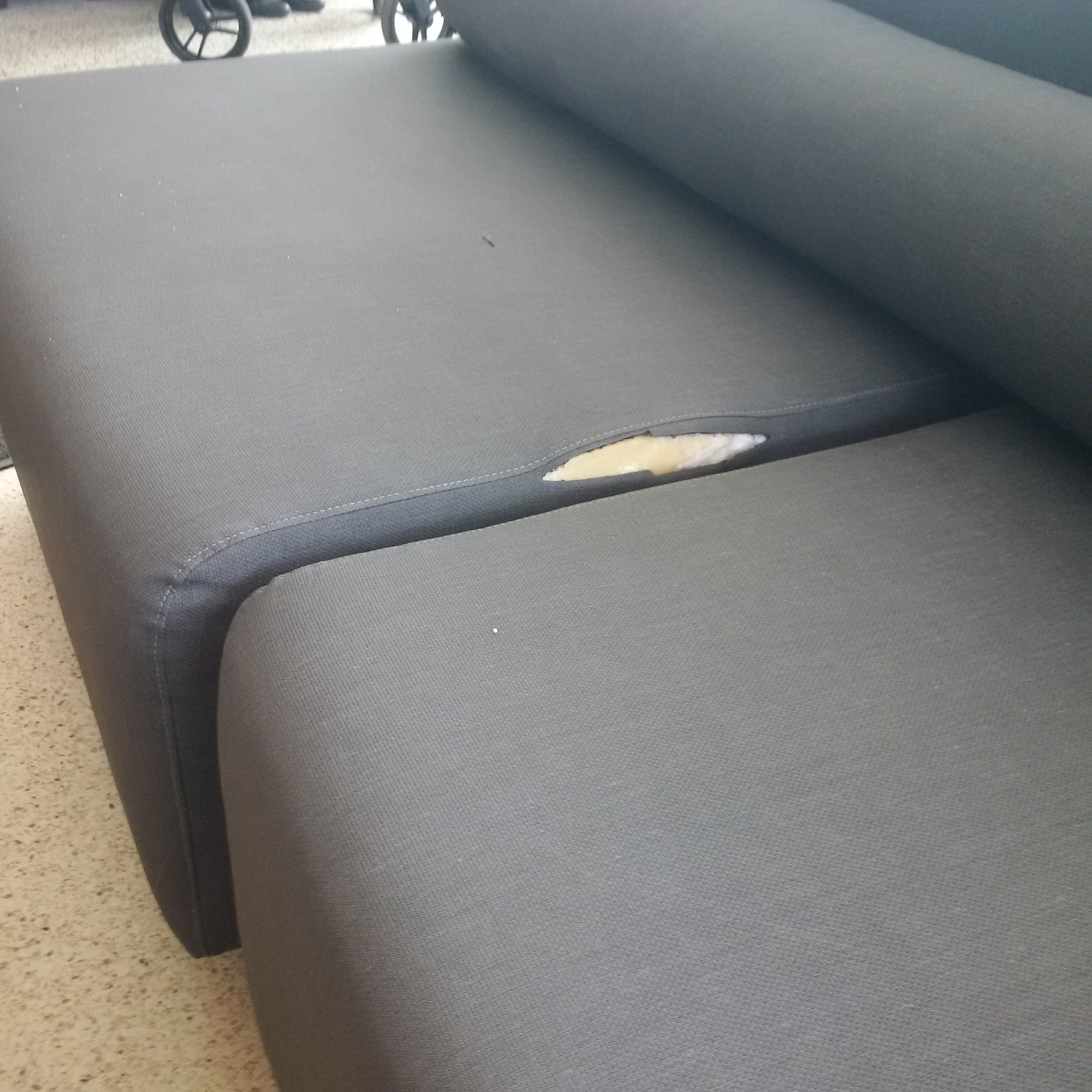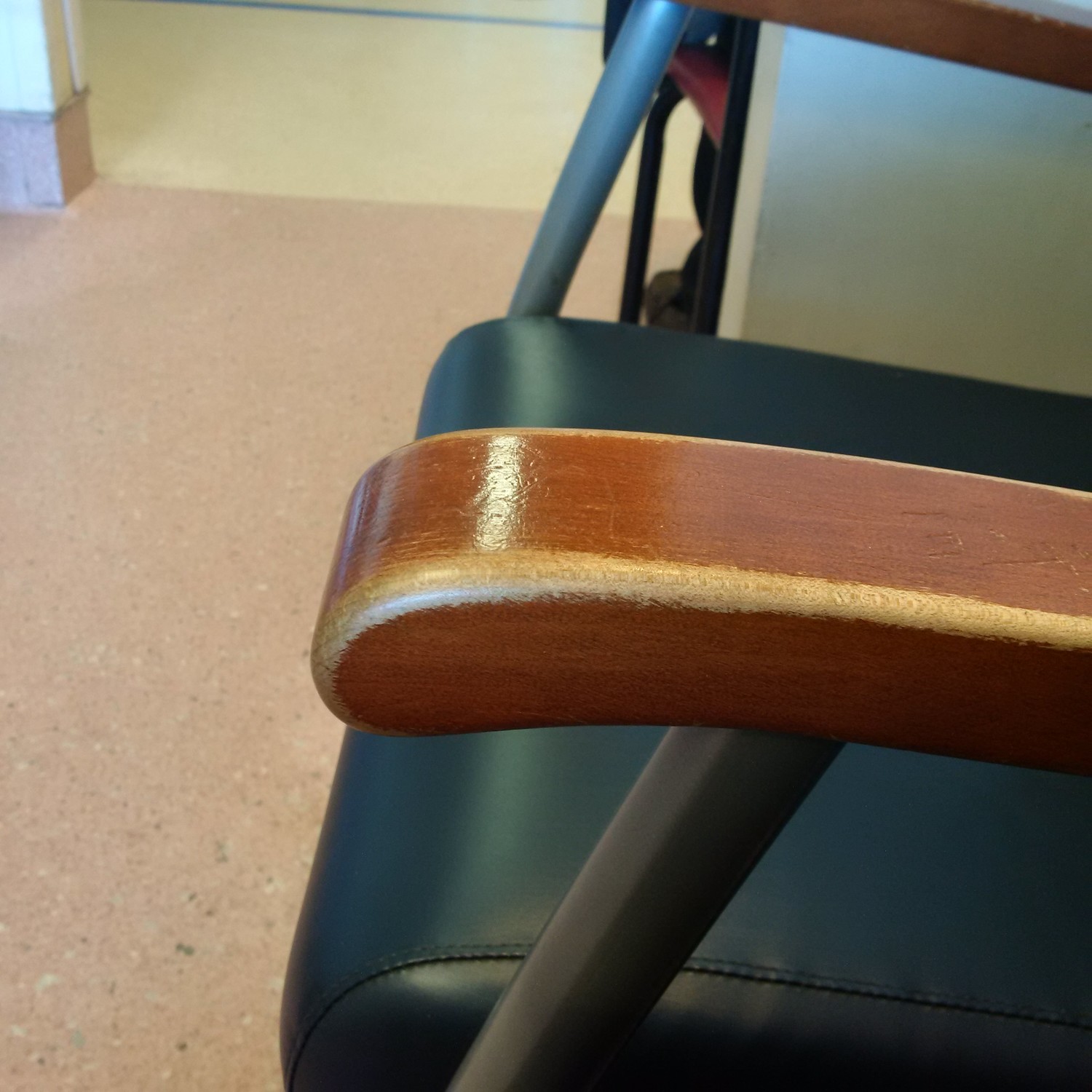A new battle is being fought in the public areas of hospitals around the world and it becoming more serious as we learn about new super bugs.
There has been enough crises in the last decade that we don't have to go too far away from home to find someone that has been affected by it.
Infection Control has progressed in leaps and bounds in recent years but it is always a battle to stay ahead of the next crisis. The term H.A.I. is something we are paying attention to. It stands for "Hospital Acquired Infections" . A significant number of people are coming in to hospitals as a visitor and end up sick, and some die. (http://www.cdc.gov/HAI/surveillance/)
IMPORTANCE OF HEALTHCARE SEATING
The Canadian made waiting seating takes many aspects into consideration when designing the proper hospital chair. Office or residential seating will rarely be built to the same standards and is usually not suited for the harsh cleaning chemicals that should be used in today's healthcare environment.
Wood free design - Most Canadian hospitals will no longer allow any exposed wood in the hospital. The consensus is, wood being porous and absorbent, it cannot be cleaned properly. If it cannot be cleaned properly, what is it doing in the hospital?
The solution is steel framed chairs as shown in the picture above, using webbed support system and fully impermeable upholstery. Many chairs also have wood arm rests and we would recommend poly urethane arm rests for improved cleaning and the elimination of wood entirely.
Healthcare Upholstery - Most are aware of the many vinyls available today but find the specifications hard to follow and understand. Quality vinyls are very important to ensure appropriate infection control standards are met. There are two things you must understand;
Can you use your current cleaning solutions on it
How many double rubs is the vinyl rated for (durability).
You don't necessarily have to spend a lot of money to get a quality vinyl as pricing is more related to design and availability rather than quality. If the chair cannot withstand the cleaners you are using, it will crack or wear the upholstery, exposing the foam within. Exposed foam is a sponge for body fluids and other infectious material that cannot be cleaned thoroughly.
Although there are alternative materials available that claim to be impermeable, vinyls are the choice of most infection control managers. Non-healthcare upholstery is rarely fluid proof or suited for the harsh cleaning.
Debris Flow - Where does the debris or fluids flow when it ends up on the chair? A great healthcare seat will adopt a waterfall design so debris flows to the floor and does not stay on the seating surfaces. The upholstery should be separated enough from the next section (back and seat) so that nothing can harbor in the chair.
Ingress and Egress - Although this is not related to infection control directly, the chair should have sufficient weight and support that the patient can help themselves in and out of the chair without assistance. The design of the arm rests play a factor as does the weight and stability of the chair. The less a patient requires handling, there will be less decontamination required.
SEATING CONSIDERED
Take a walk through the emergency waiting area and consider what these waiting chairs are exposed to. One patient is bleeding, another vomiting and yet another has defecated while waiting to be seen by the doctor. It is incredibly important that the cleaning staff can effectively decontaminate the surfaces before the next person takes a seat in these chairs.
Hand washing has been the first plan of attack in reducing H.A.I., but it isn't enough. Some Canadian hospitals have even banned magazines and newspapers in the waiting room but many are only just starting to look closely at the seating. When you consider who sat in the chair last, what bodily fluids it has been exposed to and the very fact that it is mostly sick or injured people that sit in these chairs, you will want to ensure that it can be cleaned appropriately and that there are no hidden lurking contaminants. Your hands will touch the chairs arm rests and have they been completely decontaminated? Is the upholstery impermeable or are you sitting on contaminated foam? What residue is hidden in the crevices of the chair?
I once had the experience of opening up a cushion from a used seat and seeing the foam inside. It wasn't a pleasant one and opened my eyes to the potential of spreading infections through inappropriate seating. Since that experience, I am a firm believer in Healthcare seating made for the Canadian Healthcare industry.
 |
 |
 |
 |
| *Worn through to foam | **Debris gets caught | ***exposed foam | ****Wood arms worn through |